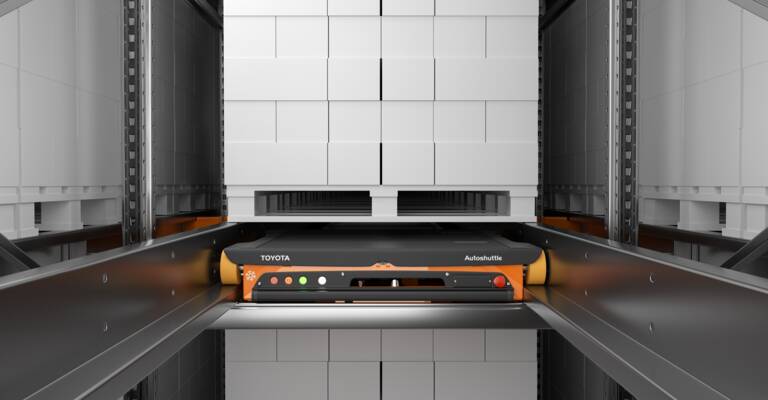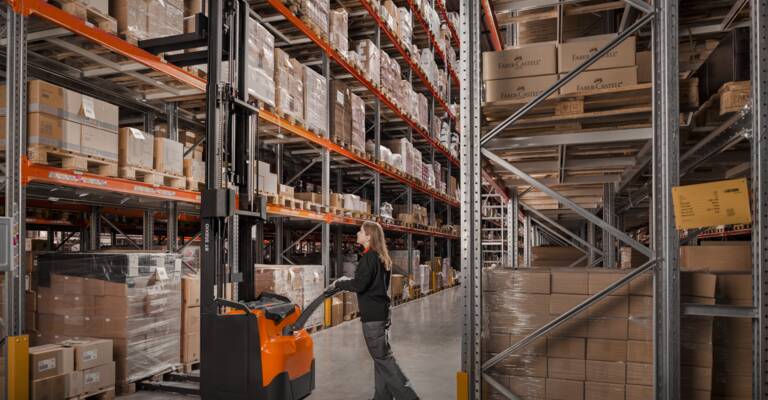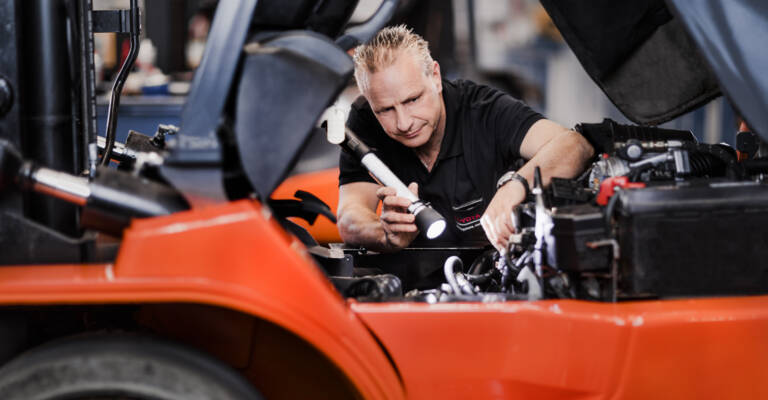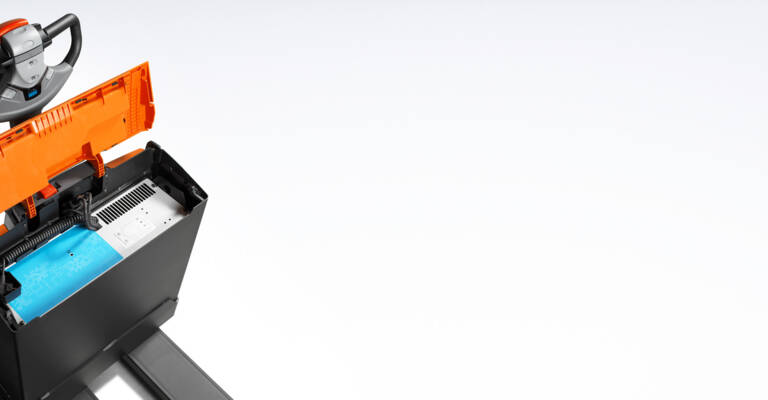
How Toyota’s automated stackers interact safely with forklift drivers at Coop
About Coop Norge Trondheim
Coop is the second largest grocery retailer in Norway. In addition to the central warehouse (CLog) at Gardermoen, Coop has regional warehouses in Stavanger, Bergen, Trondheim and Tromsø. The warehouse in Trondheim is about 30,000 m² and supplies more than 300 Coop stores. The space is divided into goods reception, fruit and vegetables, freezing area, cooled area, dry goods department, unloading area and a recycling station. On average, the warehouse receives 2,500 pallets, 65,000 packages are picked up and 3,000 pallets are shipped out daily.
Facts & figures
- Company: Coop Norge Trondheim
- Location: Tiller, Norway
- Industry: Grocery retail
- Applications: horizontal transport, storage, cold store
- Trucks: 5 Autopilot stackers
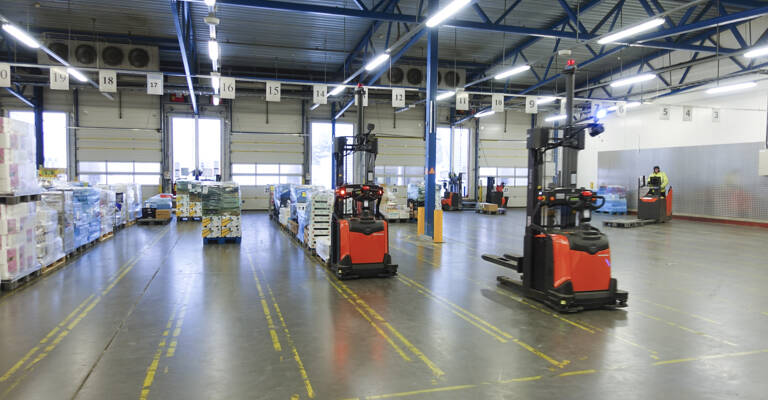
Simple automation of A-to-B transport
"Three years ago we began to evaluate the possibilities of automating our internal transport," says Roger Tømmervold, Internal Logistics Manager at Coop. "We considered all options and didn't set ourselves any limitations. We observed a total of 17,500 A-to-B transports a week that could be automated, and started by automating 3,000 of them," Roger continues. "We chose Toyota Material Handling Norway as a supplier out of seven possible candidates, since they simply made us the best offer." A business case was then created with a ROI of approximately two years.
Karim El-Kelish, Logistic Solutions Manager at Toyota Material Handling Norway, was greatly impressed by the preparation done by Coop: "In order to succeed with an AGV project, it is crucial to map out all possible transports to get a good estimate of number of automated guided vehicles to carry out all tasks."
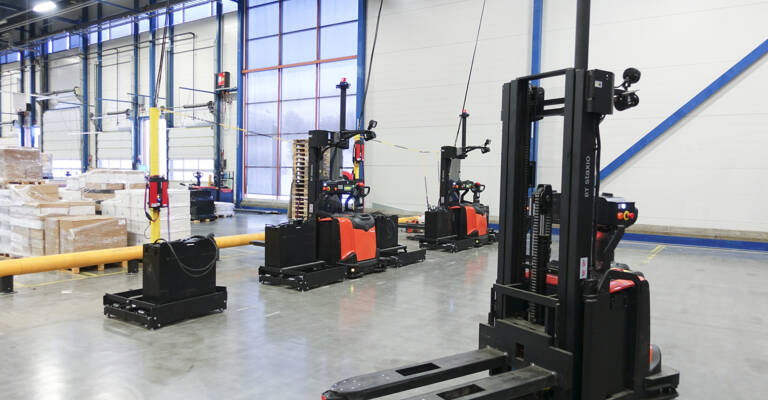
Smooth logistics goods flow
Not only budget for the AGV hardware, but also IT resources are crucial in an automation project like this. "An AGV is steered entirely by a system, and we simply did not have that before", says Tømmervold. He adds that Coop decided not to acquire a new WMS (Warehouse Management System), but instead expand the functionality of the company's SAP, telling the trucks where to go when running through the scanner portal. "For outgoing goods we now have a good system that reduces the peaks and improves the constant flow of goods."
AGVs handling high capacity
The trucks' primary task is to transport the approximately 3,000 pre-manufactured pallets per week. The Autopilots pick up the goods at the goods receipt, go through a scanner portal and on to the unloading field. During the weekend an even higher capacity is shipped, but the changing colours of the AGV lanes on the screen make sure the activated tasks remain easily visible.
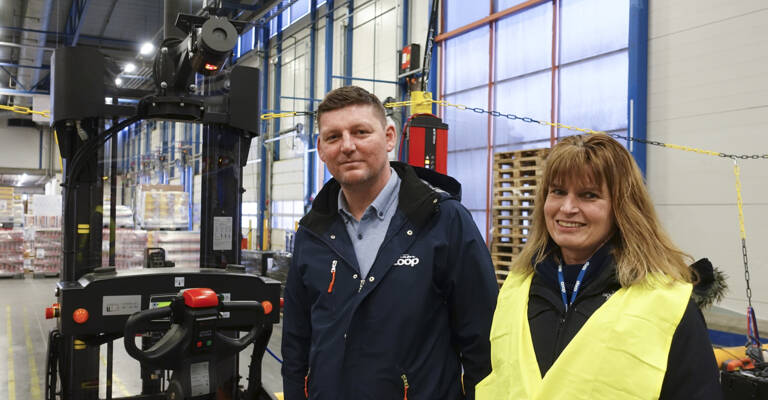
How to drive safely around automated trucks
Roger Tømmervold recognises that the implementation of the five automated guided vehicles required quite some planning to limit the chaos. Over 210 trucks operate in the warehouse, so naturally the forklift drivers were a bit hesitant about the self-operating vehicles in this intense operation. Over time, the forklift drivers have learned the driving pattern and behavior of the AGVs. As a result, the AGVs can drive their fixed routes freely in the middle of a swarm of manual trucks in a safe manner.
AGV specialists trained the work force so everyone can work with the Autopilots on a daily basis and assign tasks to them. This way, the employees got ownership of them and accepted them as a tool. It's important to note that the AGVs have not resulted in any downsizing of the permanent workforce but reduced the need to hire temporary workers during peak periods.
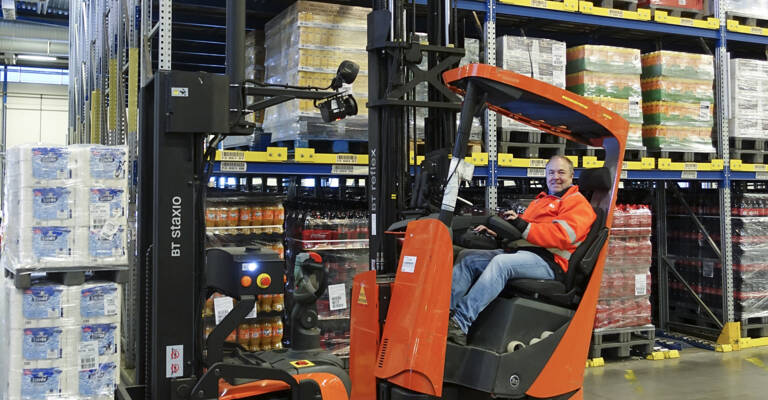
Implementing more AGVs in the future
The warehouse in Trondheim has so many Toyota trucks in operation that Toyota has a workshop with its own technicians on site. The AGVs, Autopilots from Toyota, are built based on standard trucks, allowing the regular technicians to help with service. In addition, Toyota Material Handling Norway has key automation specialists that can debug remotely or carry out customer visits. Hege Sandanger, Project Manager at Coop, states that the management shows great interest in AGVs. Roger Tømmervold wishes to increase the amount of AGVs in their Trondheim location since many more tasks can be automated there: "Thanks to the sufficient lifting height and capacity of the automated stacker trucks, we have the flexibility to give these trucks additional tasks in case of changes."
(The full business case was published in the Norwegian trade magazine Logistikk & Ledelse (Logistics & Management) no. 1-2019.)

